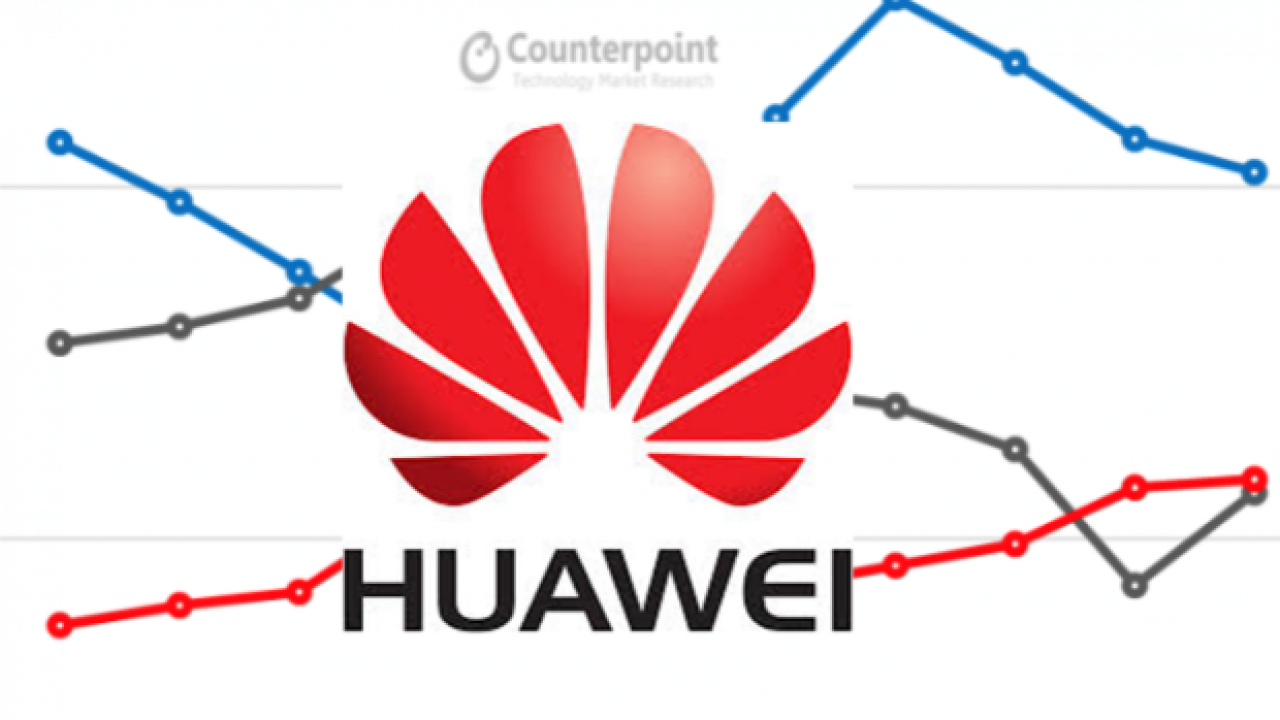Huawei Expected to Ride 7nm Kirin SoC to Success
Article By : Alan Patterson

Has already overtaken Apple to claim second on smartphone market, aiming even higher with new processor
TAIPEI — Huawei, which has overtaken Apple to become the new No. 2 in smartphones, is expected to increase its market share with the introduction of a new chip, according to analysts.
Huawei announced the company’s next flagship SoC, the Kirin 980, at the IFA trade show in Berlin early this month. The company claimed a number of world’s firsts, saying that the Kirin 980 is the only 7-nm chip to be announced so far and the only SoC with two neural processing units (NPUs), leading the trend toward AI in smartphones.
TSMC, which made the Kirin 980, is also using a 7-nm process to produce the Apple A12 application processor, which Apple is expected to announce on Sept. 12 with the release of its latest line of iPhones.
Apple does not say when its processors are in production, instead focusing on the introduction of its latest smartphones. The Kirin 980 is a technological advance for Huawei that is likely to help the company gain market share against companies that lag behind in 7-nm development, according to Andrew Lu, the head of technology with Sinolink Securities.
“The new Kirin 980 chip will help Huawei increase its market share in the smartphone business against companies like Samsung, Xiaomi, and Oppo,” Lu told EE Times. “This will be positive for Huawei and TSMC and negative for Samsung.”

Source: Bernstein
Other companies affected are likely to be Qualcomm and MediaTek, the top-two vendors of smartphone SoCs.
“Qualcomm won’t have a competing chip until the fourth quarter or early next year, and MediaTek will be even later,” said Lu.
The impact on Apple is likely to be less significant, according to Lu.
Apple’s A12 will probably have about 6.8 billion transistors compared with 6.9 billion for the Kirin chip, he said, adding that the Kirin 980 won’t be better than the A12 in terms of power or performance.
The 7-nm process used for the Kirin has resulted in an increase of about 60% more die space compared with Huawei’s earlier products, allowing the addition of more neural processor units.
Inside Apple’s current iPhone X, the A11 has a neural processor that can perform up to 600 billion operations per second and is used for AI functions such as Face ID, Animoji, and other machine-learning tasks. The Kirin 980 can adapt to AI situations involving face recognition, object recognition, object detection, image segmentation, and intelligent translation with the power of its dual-core NPU, according to Huawei.
Huawei, China’s largest smartphone maker, has led Apple in worldwide sales during June and July this year mainly on the strength of consumer demand in its home market, according to market research firm Counterpoint in a Sept. 5 report. China has the world’s largest smartphone market, with about one-third of the world’s 1.9 billion users, according to data provider Statista.
Huawei subsidiary HiSilicon is the designer of the Kirin 980. HiSilicon accounts for about 10% of TSMC’s 7-nm demand while Apple accounts for about 75%, according to estimates from Bernstein.
— Alan Patterson covers the semiconductor industry for EE Times. He is based in Taiwan.
Subscribe to Newsletter
Test Qr code text s ss


